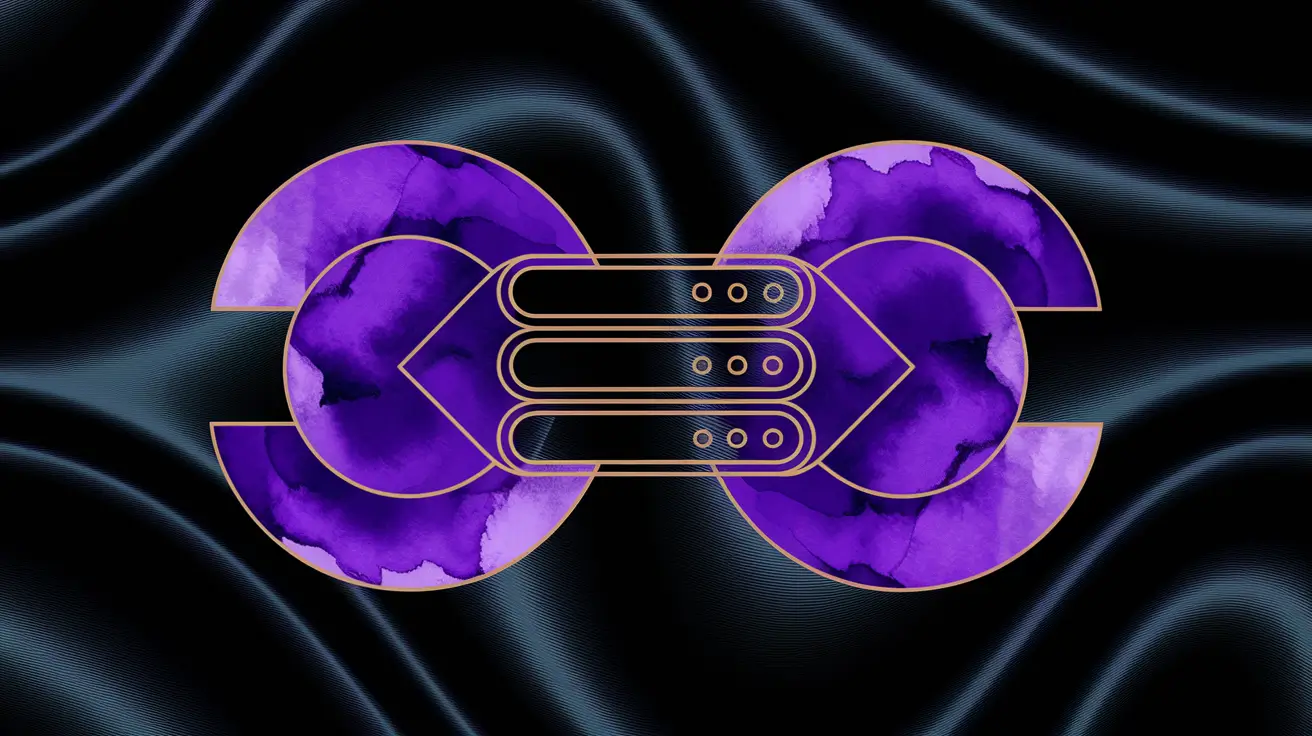Model Context Protocol
 Dhruv Patel
Dhruv Patel
The Model Context Protocol (MCP) is an open standard developed to streamline interactions between large language models (LLMs) and external tools, resources, and data sources. By providing a unified framework, MCP simplifies the integration process, allowing AI applications to access diverse functionalities without the need for custom integrations for each data source.
Core Components of MCP
MCP operates on a client-server architecture, facilitating structured communication between AI applications and external services. The primary components include:
• Clients: Typically, these are AI applications or development environments that initiate connections to MCP servers. They handle protocol version negotiation, capability discovery, and manage message transports.
• Servers: These provide access to tools, resources, and prompts. An MCP server responds to client requests, offering functionalities like data retrieval, computations, or other services.
• Transports: MCP supports multiple transport mechanisms to ensure flexible communication between clients and servers. The standard implementations include:
• Standard Input/Output (Stdio): Utilizes standard input and output streams, ideal for local integrations and command-line tools.
• Server-Sent Events (SSE): Employs HTTP-based streaming for server-to-client messages, suitable for scenarios requiring real-time updates.
JSON-RPC Protocol in MCP
At its core, MCP leverages the JSON-RPC 2.0 specification as its wire format for message exchange. This lightweight remote procedure call (RPC) protocol uses JSON to encode messages, ensuring a standardized and efficient communication method between clients and servers. The primary JSON-RPC message types utilized in MCP include:
• Requests: Messages sent by the client to invoke a specific method on the server.
• Responses: Messages returned by the server containing the result of the invoked method or an error if the invocation failed.
• Notifications: One-way messages from the client to the server that do not expect a response.
By adopting JSON-RPC, MCP ensures that both clients and servers can interpret and process messages consistently, promoting interoperability across diverse implementations.
Implementing MCP Servers and Clients
Developers aiming to integrate their tools or services with AI applications can implement MCP servers by adhering to the protocol’s specifications. This involves setting up servers that can handle JSON-RPC messages over supported transports, such as Stdio or SSE. On the client side, AI applications establish connections to these servers, discover available tools and resources, and invoke functionalities as needed.
Architecture Overview
The Model Context Protocol (MCP) employs a client-server architecture designed to facilitate seamless communication between Large Language Models (LLMs) and various external tools, resources, and data sources. This architecture is structured into three primary components: Hosts, Clients, and Servers.Model Context Protocol

1. Hosts
Hosts are LLM applications, such as Claude Desktop or Integrated Development Environments (IDEs), that initiate and manage connections to external resources. They are responsible for:
• Initializing and managing multiple clients: Hosts can handle several client connections simultaneously, allowing for diverse integrations.
• Client-server lifecycle management: They oversee the establishment, maintenance, and termination of client-server interactions.
• Handling user authorization decisions: Hosts manage permissions and ensure secure access to resources.
• Context aggregation: They compile and provide relevant context from various clients to the LLM for informed responses.
2. Clients
Clients act as intermediaries between Hosts and Servers, maintaining dedicated, stateful connections with individual Servers. Their key responsibilities include:
• Dedicated connections: Each client maintains a one-to-one connection with a specific Server, ensuring clear communication boundaries and security.
• Message routing: They handle bidirectional communication, efficiently routing requests, responses, and notifications between the Host and the connected Server.
• Capability management: Clients monitor and manage the capabilities of their connected Servers, including available tools, resources, and prompt templates.
• Protocol negotiation: During initialization, Clients negotiate protocol versions and capabilities to ensure compatibility between the Host and Server.
• Subscription management: They maintain subscriptions to Server resources and handle notification events when those resources change.
3. Servers
Servers are lightweight programs that expose specific capabilities through the standardized Model Context Protocol. They provide access to:
• Tools: Executable functions that allow LLMs to interact with external applications. For example, a tool could be a function that retrieves data from a database or sends an email.
• Resources: These include data and content such as text files, log files, database schemas, or Git histories that provide additional context to the LLMs.
• Prompt Templates: Pre-defined templates or instructions that guide language model interactions, facilitating consistent and efficient communication.

This structured architecture ensures that LLM applications can dynamically discover and interact with available tools without hard-coded knowledge of each integration, thereby simplifying the integration process and enhancing scalability.NORAH SAKAL | AI AGENTS THAT WORK
The following diagram illustrates the MCP architecture, showcasing how the Host process manages multiple Clients, each connected to a specific Server, which in turn interacts with various external tools and resources: MEDIUM
In this diagram, the Host coordinates the overall system and manages LLM interactions, Clients connect Hosts to Servers with one-to-one relationships, and Servers provide specialized capabilities through tools, resources, and prompts.DEV Community
Understanding this architecture is essential for building and integrating MCP clients and servers effectively, ensuring that LLM applications can access and utilize external data and tools efficiently.
Advantages of MCP
The adoption of MCP offers several benefits:
• Standardization: Provides a unified protocol for integrating external tools and resources, reducing fragmentation.
• Flexibility: Supports multiple transport mechanisms, allowing developers to choose the most suitable communication method for their use case.
• Scalability: Simplifies the process of adding new tools and resources, enabling AI applications to expand their capabilities seamlessly.
In Summary, the Model Context Protocol (MCP) represents a significant advancement in the integration of AI systems with external tools and data sources. By standardizing communication through JSON-RPC and supporting flexible transport mechanisms, MCP enables more efficient and scalable interactions, paving the way for more capable and versatile AI applications.
Subscribe to my newsletter
Read articles from Dhruv Patel directly inside your inbox. Subscribe to the newsletter, and don't miss out.
Written by

Dhruv Patel
Dhruv Patel
I am a passionate Full-Stack Software Engineer with expertise in both front-end and back-end development, along with a strong interest in DevOps and distributed systems. I strive to build scalable, reliable, and efficient applications by leveraging modern web technologies, cloud infrastructure, and automation.